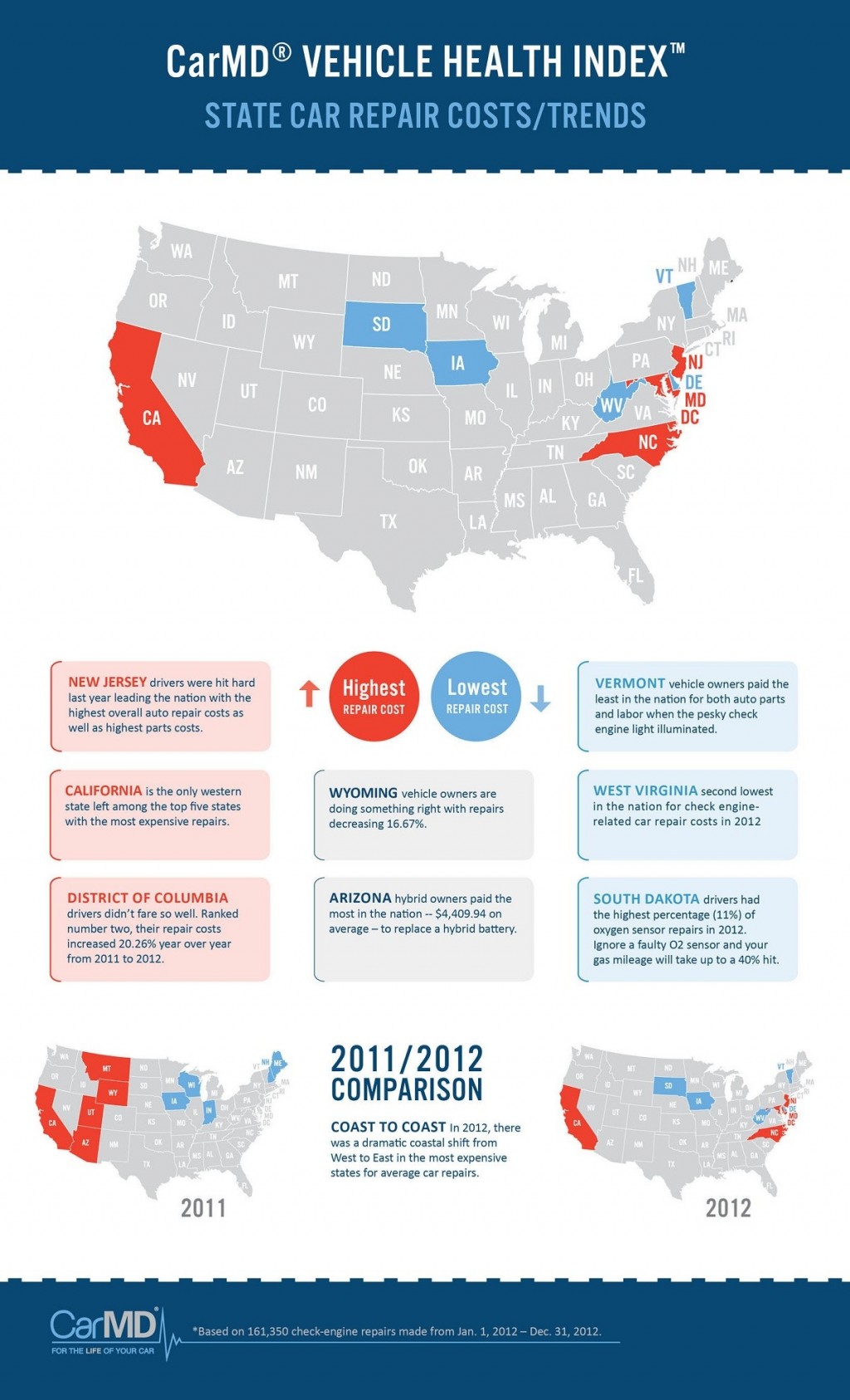Translating Your Auto'S Alert Lighting: Their Real Ramifications
Translating Your Auto'S Alert Lighting: Their Real Ramifications
Blog Article
Uploaded By-Lim Dalgaard
When you're behind the wheel, those glowing warning lights on your dashboard can be a bit difficult. Do you recognize what they're attempting to inform you about your car's health? Understanding the value of these lights is vital for your safety and security and the longevity of your vehicle. So, the next time one of those lights turns up, wouldn't you intend to decipher its message properly and take the necessary actions to address it?
Common Caution Lighting and Interpretations
Recognize common caution lights in your automobile and understand their significances to guarantee secure driving.
One of the most regular warning lights include the check engine light, which indicates issues with the engine or exhausts system. If this light begins, it's important to have your automobile examined without delay.
The oil stress warning light indicates reduced oil stress, calling for prompt focus to stop engine damages.
A flashing battery light might recommend a damaged billing system, possibly leaving you stranded if not dealt with.
The tire pressure tracking system (TPMS) light notifies you to reduced tire stress, affecting lorry stability and fuel effectiveness. Neglecting this can cause dangerous driving conditions.
The abdominal light shows a trouble with the anti-lock stopping system, jeopardizing your capability to quit promptly in emergency situations.
Lastly, the coolant temperature level cautioning light warns of engine overheating, which can lead to severe damage if not fixed quickly.
Comprehending these typical warning lights will certainly help you deal with problems quickly and preserve safe driving conditions.
Importance of Prompt Focus
Comprehending the common caution lights in your automobile is just the primary step; the significance of without delay dealing with these warnings can't be highlighted enough to ensure your safety and security on the road.
When a caution light brightens on your control panel, it's your vehicle's way of connecting a prospective concern that requires attention. Overlooking official site can lead to much more severe problems in the future, compromising your security and potentially costing you much more out of commission.
Prompt focus to warning lights can protect against malfunctions and crashes. As an example, a flashing check engine light can suggest a misfire that, if left ignored, can cause damage to the catalytic converter. Addressing mobile car cleaning can save you from an expensive repair.
Similarly, a brake system warning light might indicate reduced brake fluid or used brake pads, essential elements for your safety when driving.
DIY Troubleshooting Tips
If you discover a caution light on your control panel, there are a few DIY fixing pointers you can attempt before looking for professional aid.
The primary step is to consult your automobile's manual to comprehend what the details warning light indicates. Sometimes the problem can be as easy as a loose gas cap triggering the check engine light. Tightening up the gas cap might solve the issue.
An additional usual problem is a reduced battery, which can trigger various alerting lights. Inspecting the battery links for corrosion and ensuring they're safe could take care of the issue.
If a caution light persists, you can attempt resetting it by separating the vehicle's battery for a few minutes and after that reconnecting it. In addition, inspecting your lorry's fluid degrees, such as oil, coolant, and brake fluid, can assist fix advising lights related to these systems.
Verdict
Finally, recognizing your cars and truck's warning lights is important for maintaining your automobile running smoothly and securely. By quickly resolving these signals and knowing what they mean, you can avoid pricey repair services and possible failures.
Keep in mind to consult your auto's manual for particular information on each alerting light and do something about it appropriately to guarantee a trouble-free driving experience.
Keep educated, stay secure on the road!
